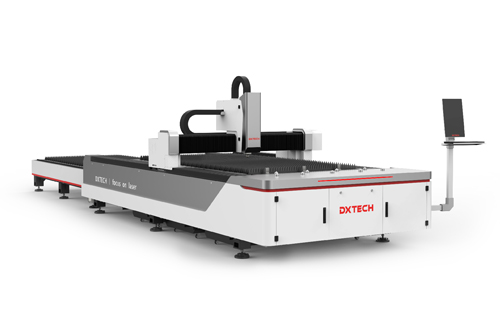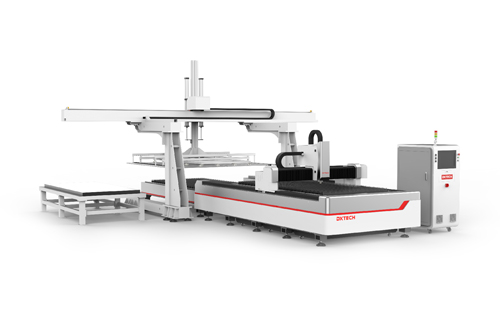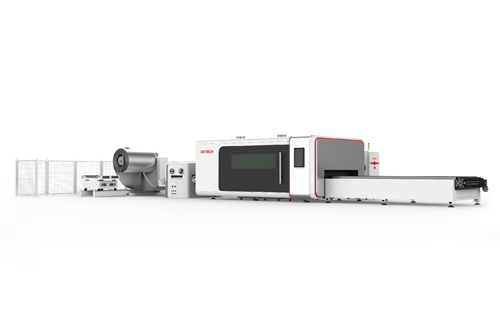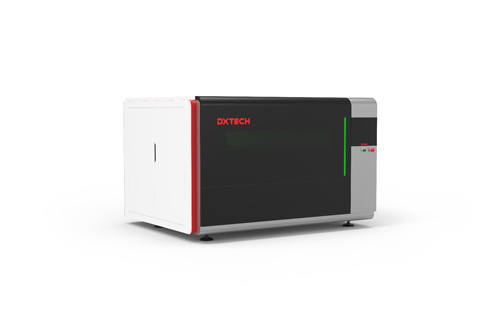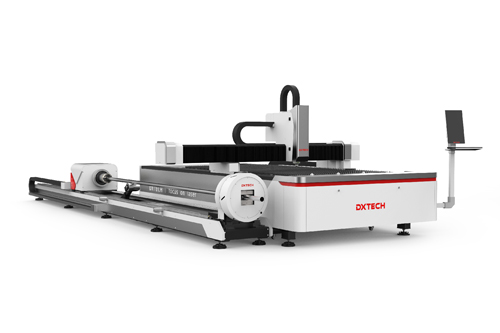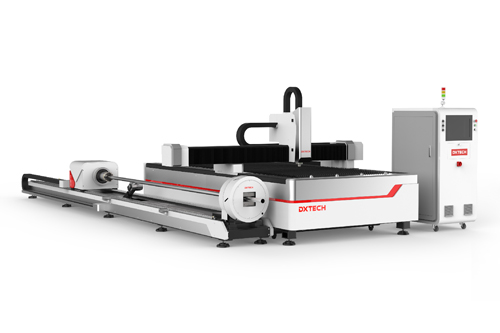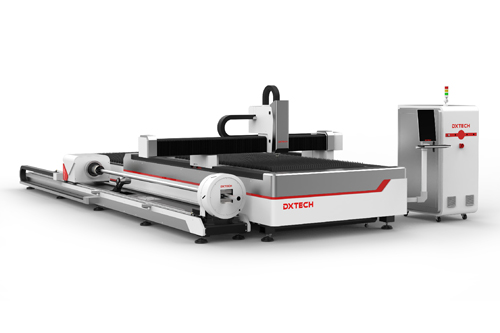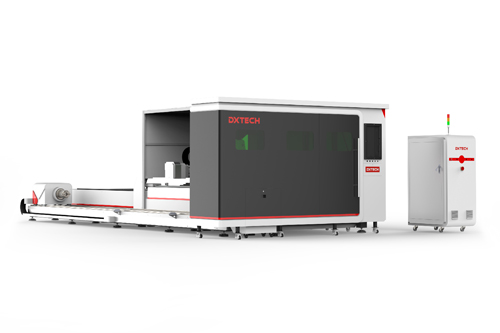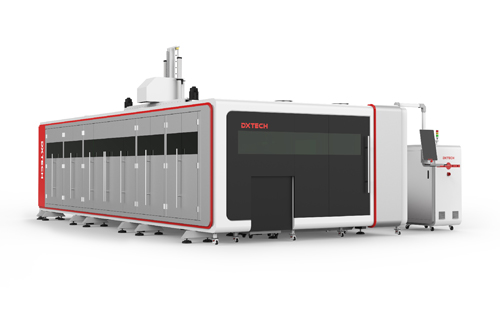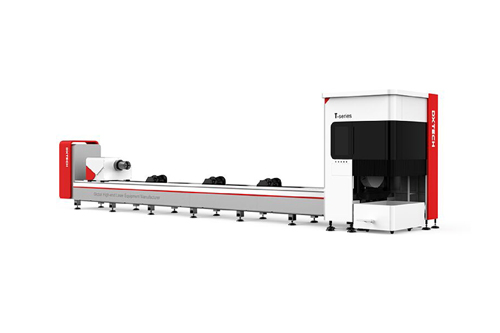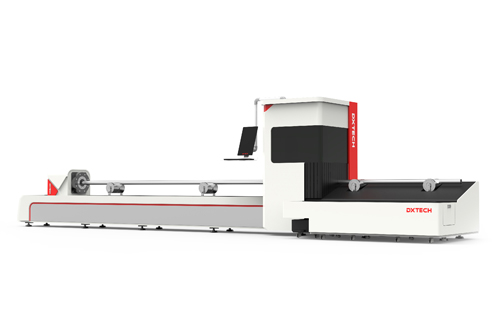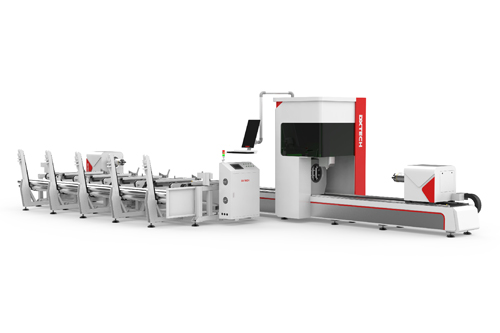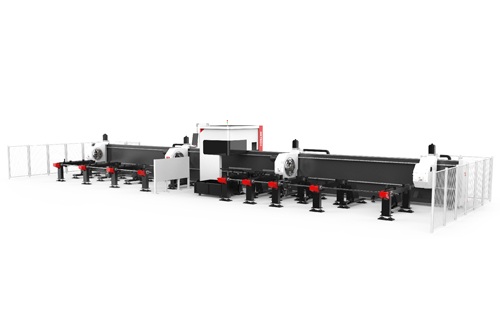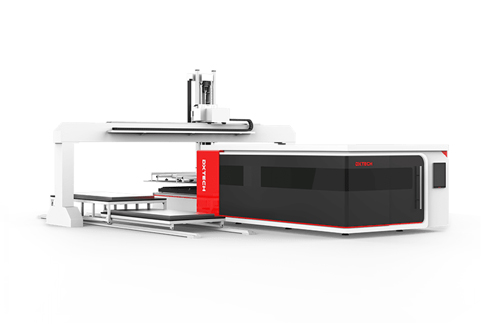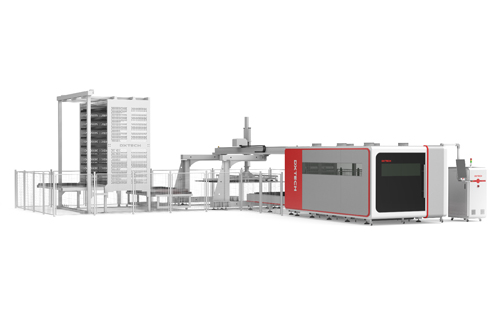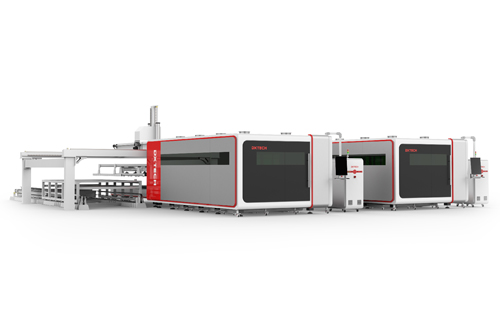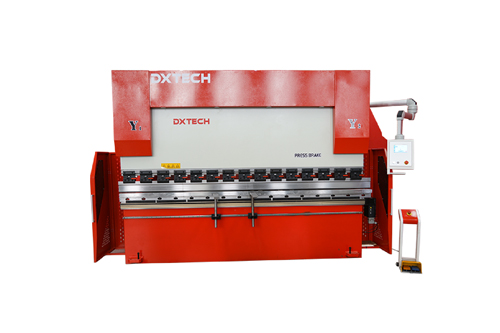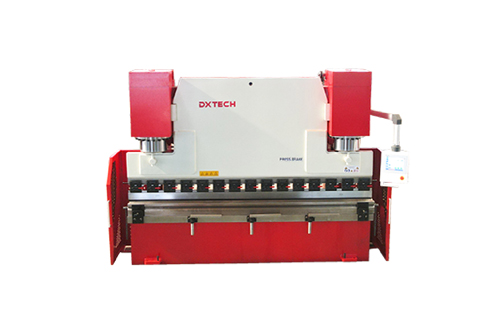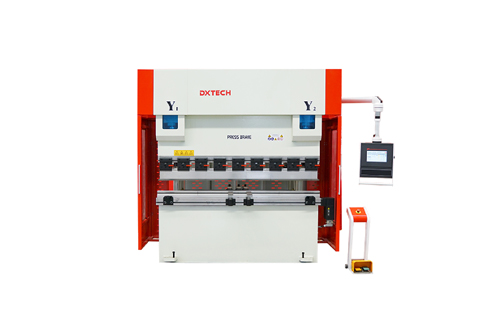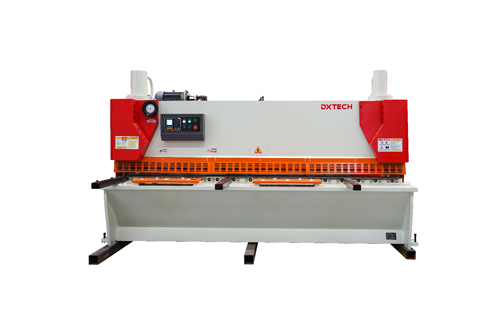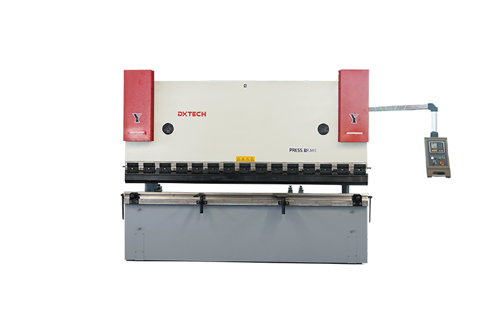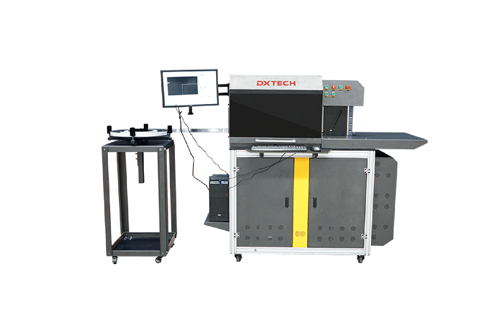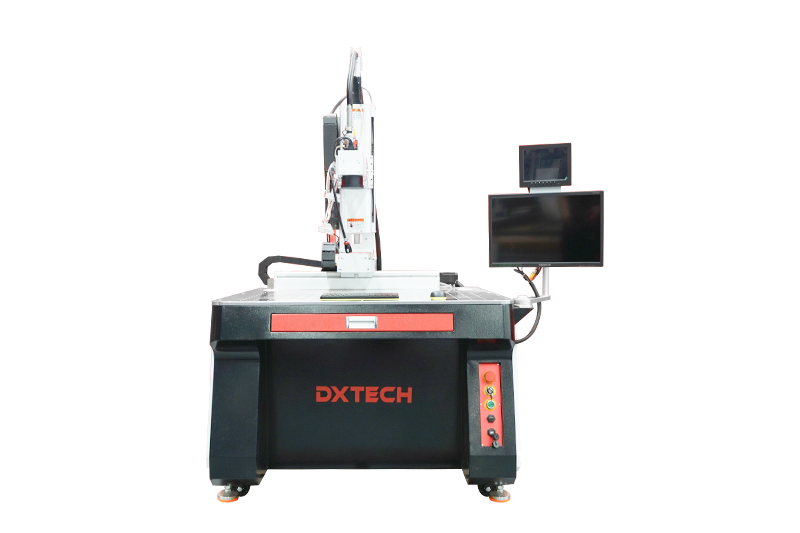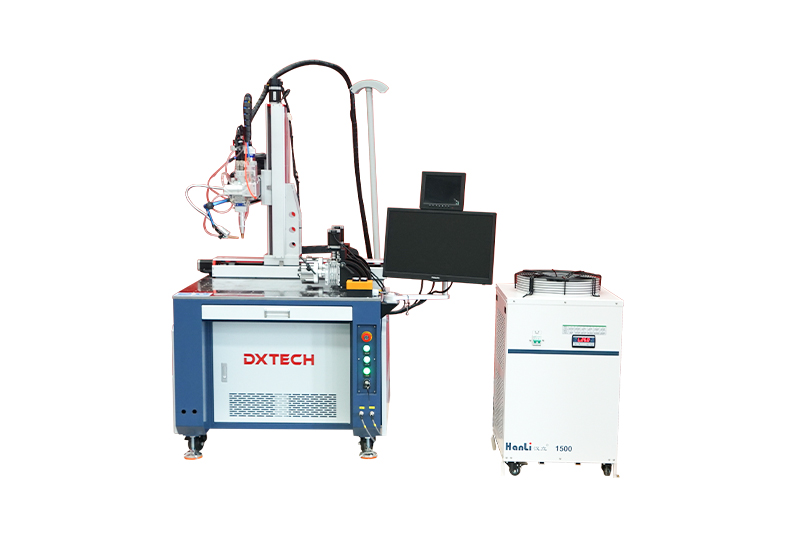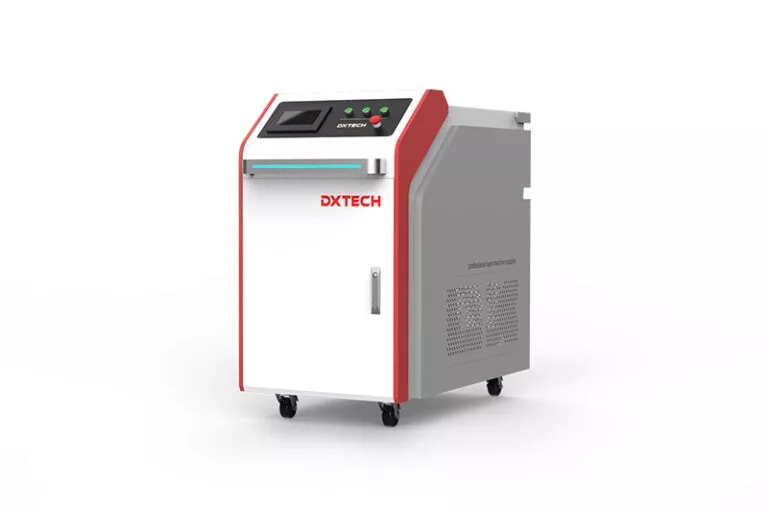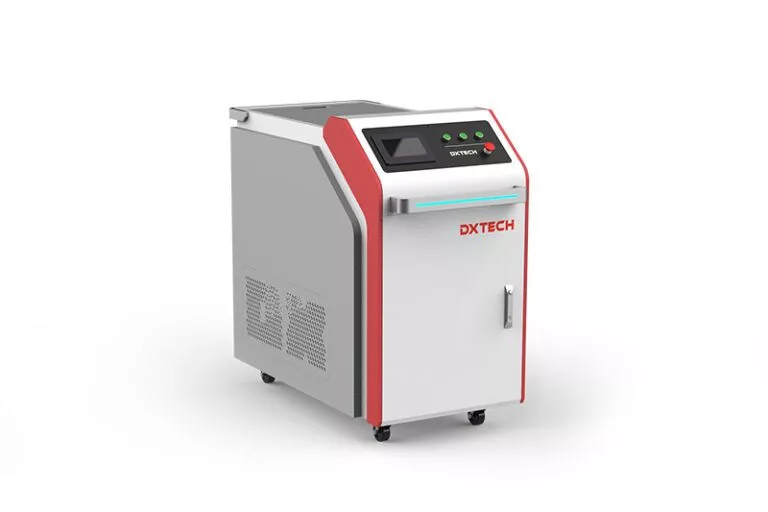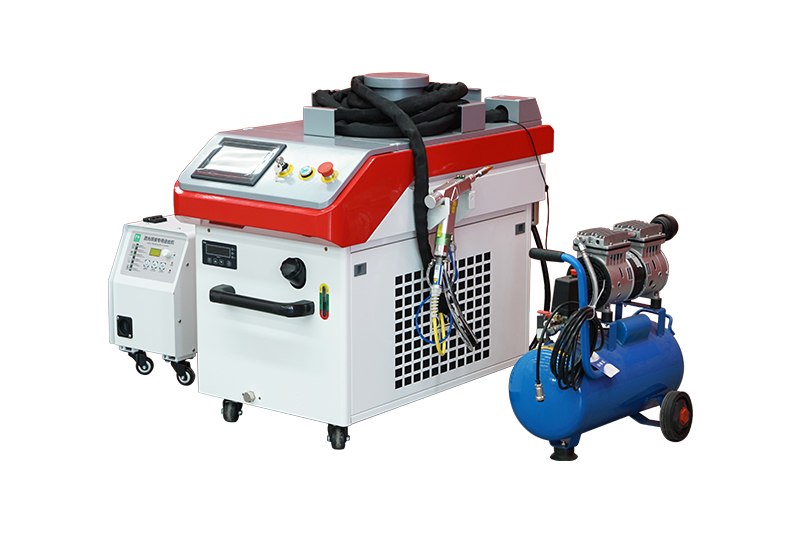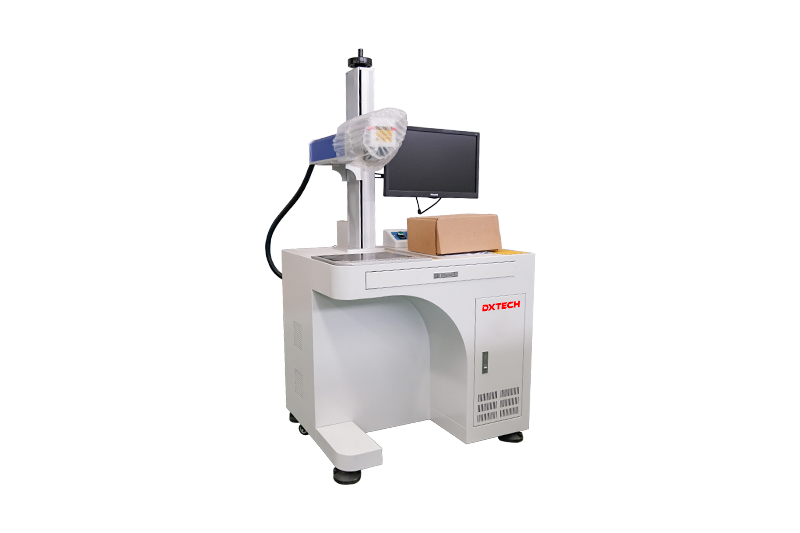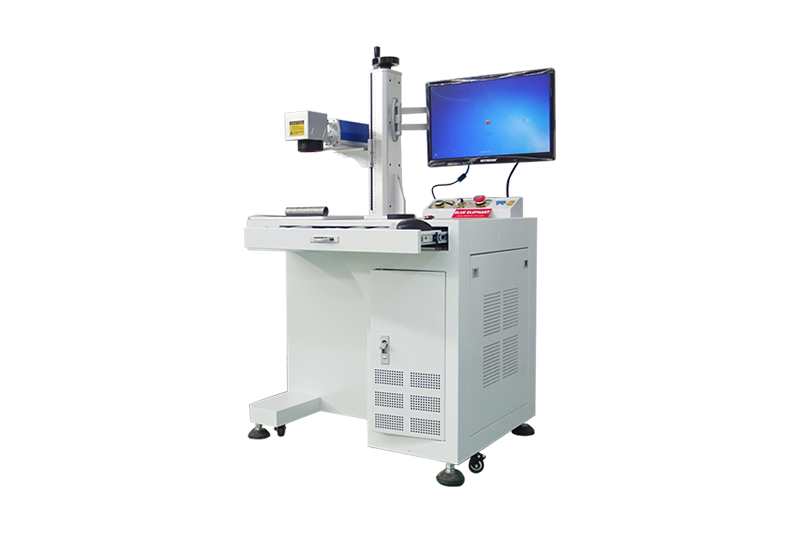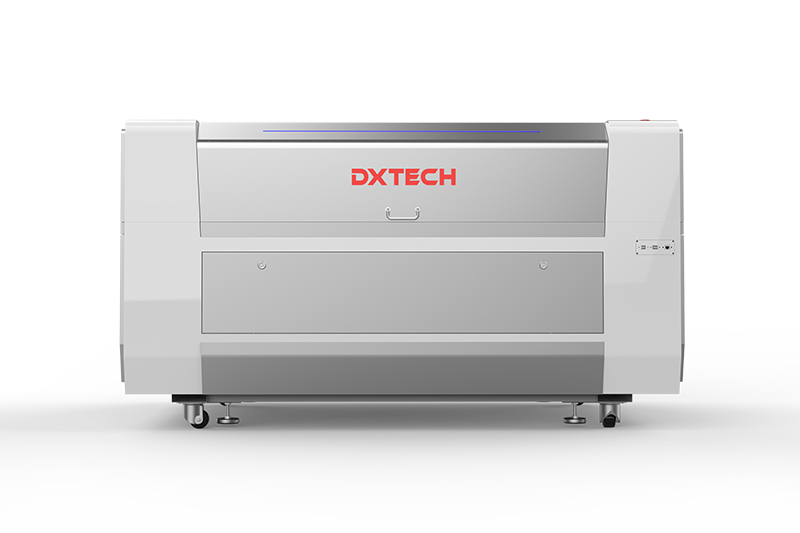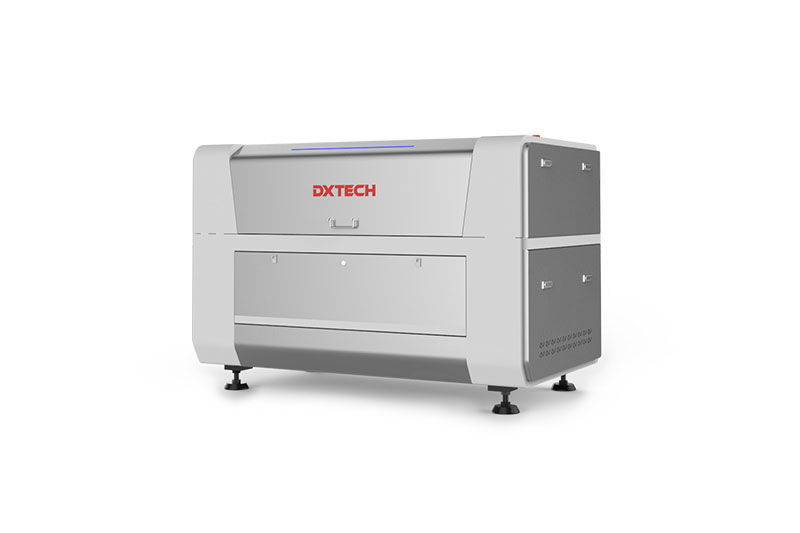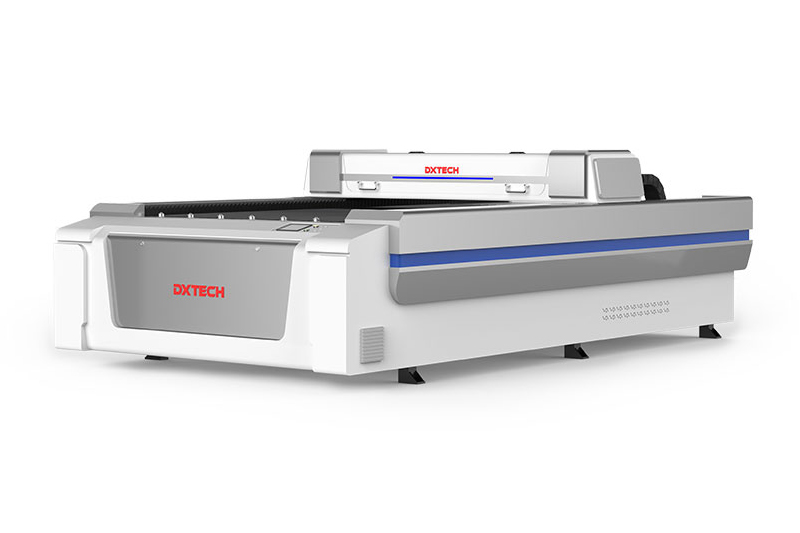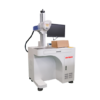An acronym for Light Amplification by Stimulated Emission of Radiation, lasers have become synonymous with precision and accuracy in the processing sector, since their introduction in the early 1960s. Nowadays it has developed variou types, such as desktop laser cutter, fiber or CO2 laser cutter. Given their ability to heat, melt, and even vaporize materials, lasers are the best way to channel intense energy in a controllable manner to achieve desired outcomes. This characteristic has made them an indispensable part of medical technology, communications, manufacturing, and processing.
What is a desktop laser cutter?
A desktop laser cutter – as the name suggests – is a compact machine that can fit on a desk. The desktop laser cutter is fabricating machines that use a thin, focused laser beam to cut and etch materials into specific patterns and shapes as customized by a designer. It is a heat-based manufacturing process without any human contact. Ideal for many kinds of materials like wood, leather, glass, metal, plastics, gemstones, etc a desktop laser cutter is also capable of handling small scale production of customized mechanical parts.

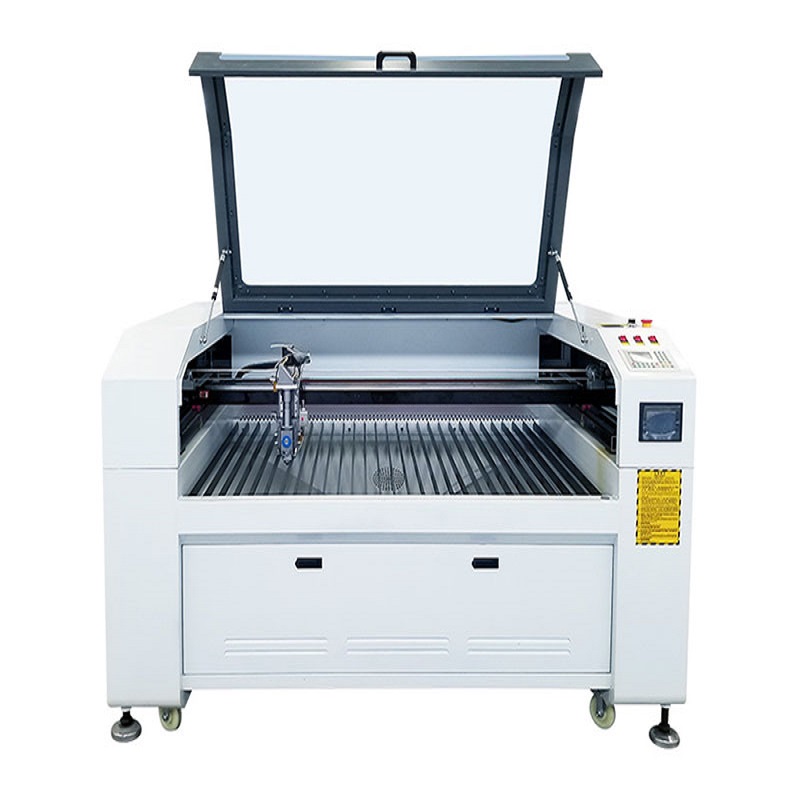
Features
With advancements in technology, desktop laser cutters are becoming increasingly popular and finding utility in a variety of industries including aerospace, automobile, shipbuilding, and power generation. Some of their key features are –
- Desktop laser cutters are highly accurate and precise which lets them trace and cut even the finest and most intricate of designs in a flawless manner
- Their high production speed allows for higher volumes in lesser time
- Desktop laser cutters are compatible with a wide range of materials and can be used to cut metal, leather, plastic, wood, etc
- Desktop laser cutters run no risk of contamination for the operators as well as the finished goods as it uses a contactless working mechanism
Benefits
A desktop laser cutting machine has several advantages over traditional engraving and cutting machinery. Some of those benefits include –
- Longevity:A single laser beam can work for several hundred thousand hours and thus enable a desktop cutting machine to run for a long time.
- Compact design:A desktop laser cutter and engraver is much smaller in size compared to other machinery that serves the same purpose. Its space-saving design makes it a preferred choice among consumers.
- Resource-friendly:Desktop laser cutters deliver well when it comes to thermal performance, photoelectric efficiency, water use, and power consumption.
- Low maintenance:Desktop laser cutters are designed such that they can be used without any maintenance for a long time. This helps operators save on costs and be more efficient.
How to use a desktop laser cutter
Using a desktop laser cutter is fairly easy and to simply put, involves the following steps –
- The first thing to do is understand the machine and learn how it works by going through the product manual
- Identify the kind of material you want to work with – glass, acrylic, wood, leather, brass, aluminum, other metals, or something else
- Select a suitable vector graphic software to create your designs on. Corel Draw and Adobe Illustrator are among the more popular ones in this category.
- Adjust your desktop laser cutter to the appropriate settings concerning speed, power, heat intensity, and frequency, depending on whether you plan to engrave a design or cut it out of the material of your choice.
While using a desktop laser cutter for metal or any other material for that matter, make sure you are near the machine as it goes about executing the work. Most materials that are cut tend to be flammable and not paying attention to the process can cause mishaps. Also, after adjusting the settings on the machine, make sure you do sample testing before launching the full-fledged work.
Types of desktop laser cutters
Depending on the kind of laser they use, their programming mechanism, and the materials they work with, desktop laser cutters can be divided into the following categories –
- Desktop CNC laser cutter:This kind of laser cutter is managed via Computer Numerical Control (CNC) and commonly uses an optic device, an assisting gas, and a system to guide and focus the laser beam onto the material being worked with. They are faster than other laser cutters, reduce wastage, and cause minimal distortion along the cutting lines.
- Desktop CO2laser cutter: Invented in the early 1960s, a desktop CO2 laser cutting machine uses a tube filled with gases like carbon dioxide (CO2), hydrogen, helium, and nitrogen, to etch or cut out designs. The tube is fitted with mirrors at both ends to guide the laser beam according to settings dictated by a computer.
- Desktop fiber laser cutter:These machines use optical fibers – similar to those used in the telecommunication industry – to create, transfer, and redirect laser light beams. The fibers are long and flexible making them easy to maneuver and create detailed designs on a variety of materials.
- Desktop metal laser cutter:While a desktop laser cutter can handle a variety of materials, metals are among the trickiest to cut. They are dense, reflective, and absorb heat, making them difficult to handle. The desktop best metal laser cutter to use depends on the kind of metal being cut. CO2 cutters are okay for some, other metals might need a fiber laser cutter or a neodymium laser cutter that uses crystals to cut.
- Desktop wood laser cutter:The type of laser cutter to use for wood depends on the intricacy and depth of the design being reproduced. If you intend to do mostly engraving work on wood and cut thin wood panels, a fiber laser cutter is good enough. It can also cut cardboard and paper. But if you plan on working with thicker wooden blocks, a CO2 laser is a better investment.
Desktop laser cutter for sale
DXTECH’s desktop laser cutting and engraving machine has been designed keeping in mind the processing requirements of non-metallic materials. Sleek in design and robust in functioning, it’s convenient, space-saving, and stable during operation. Flexible in nature, it can also be upgraded with different accessories to meet diverse processing needs and user requirements.
Desktop laser cutters are truly the future of the processing industry and are here to revolutionize the market.

